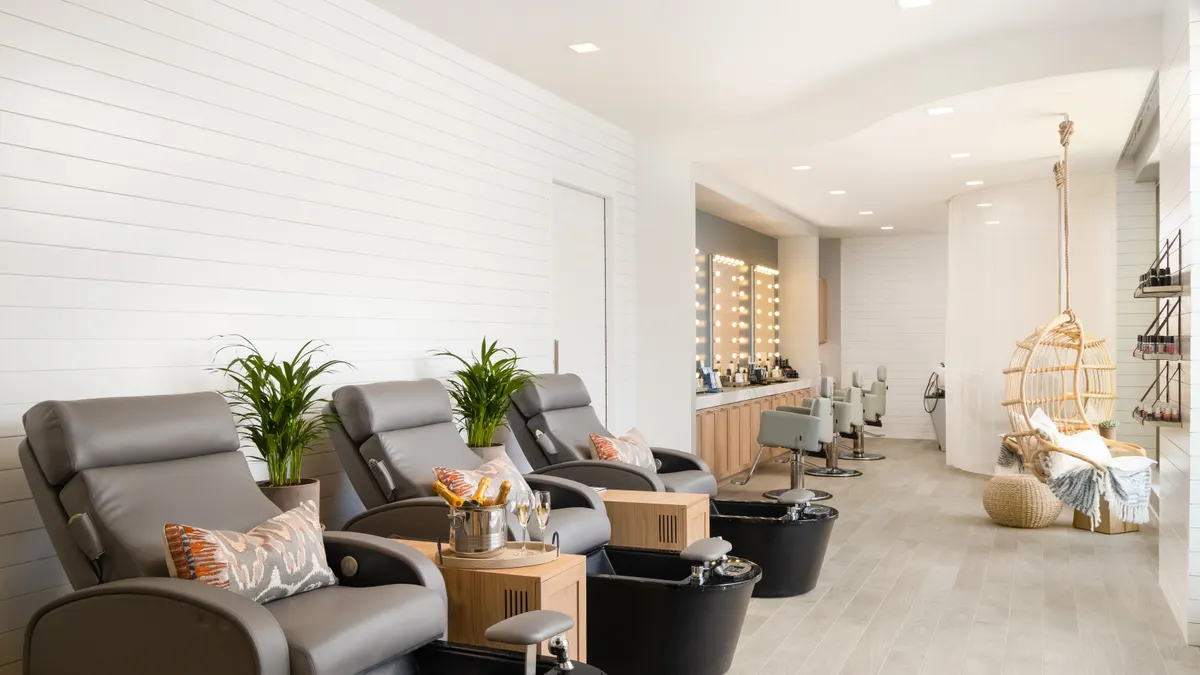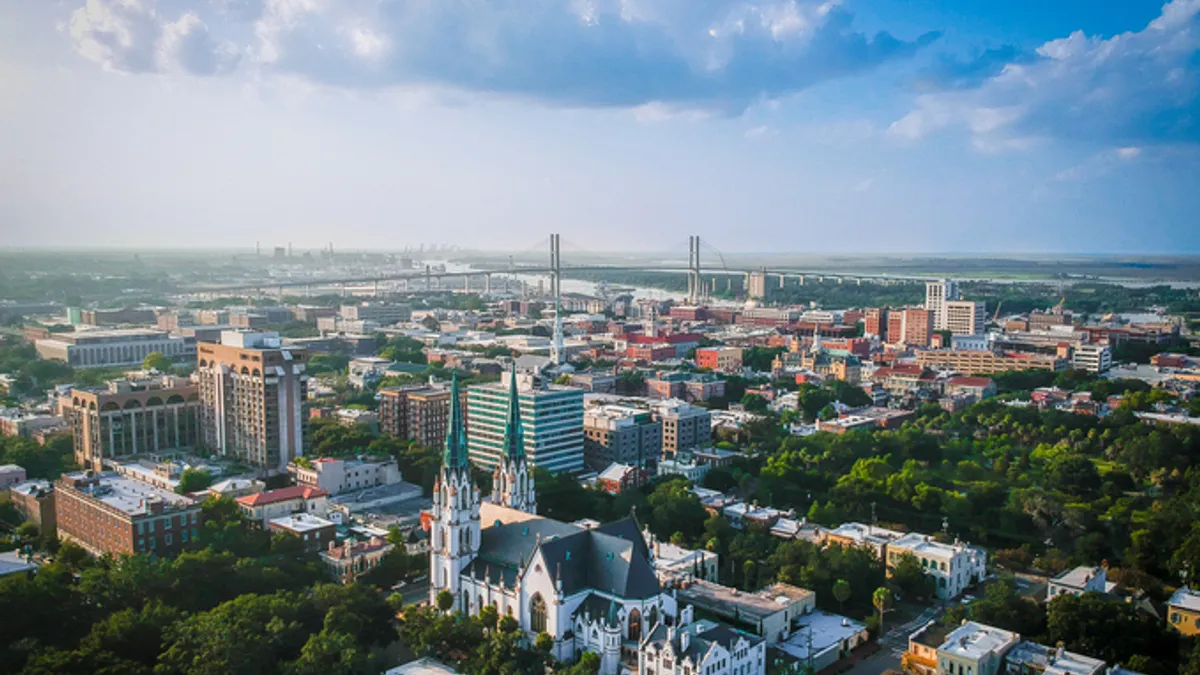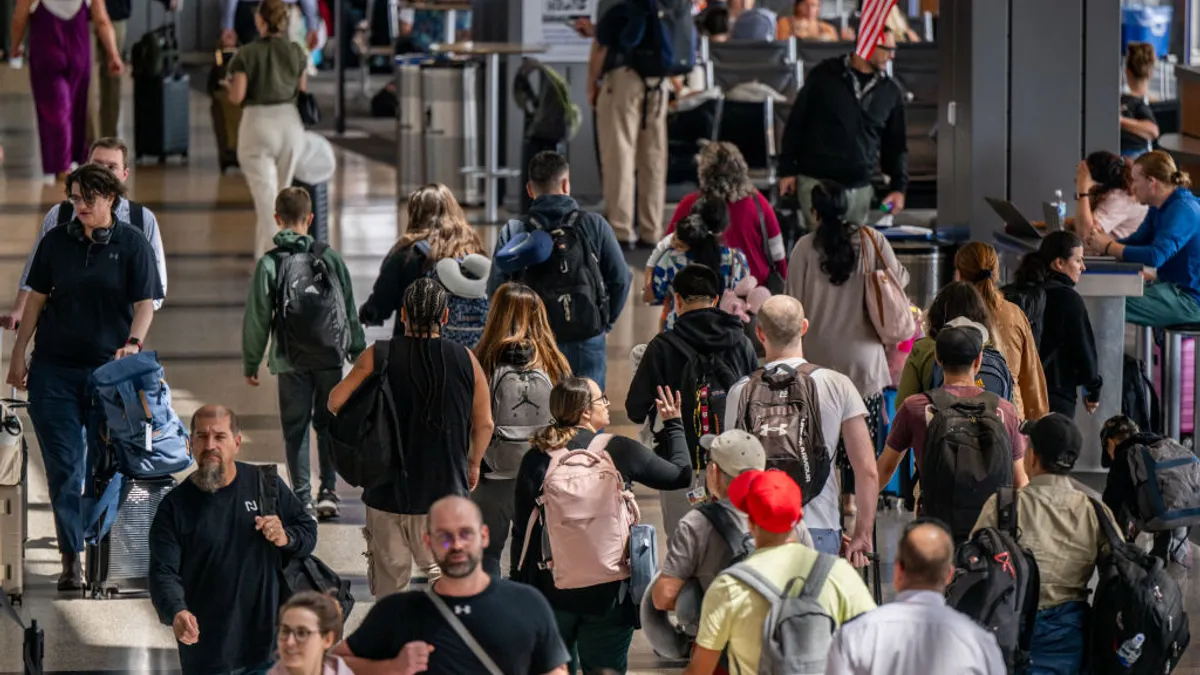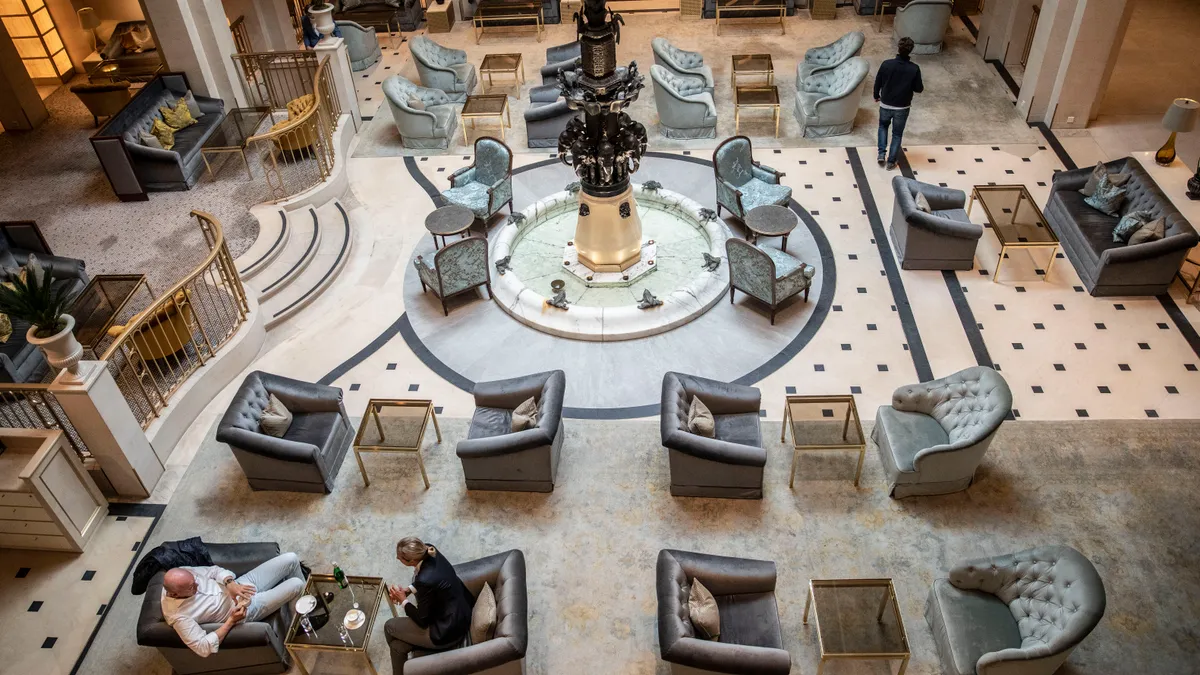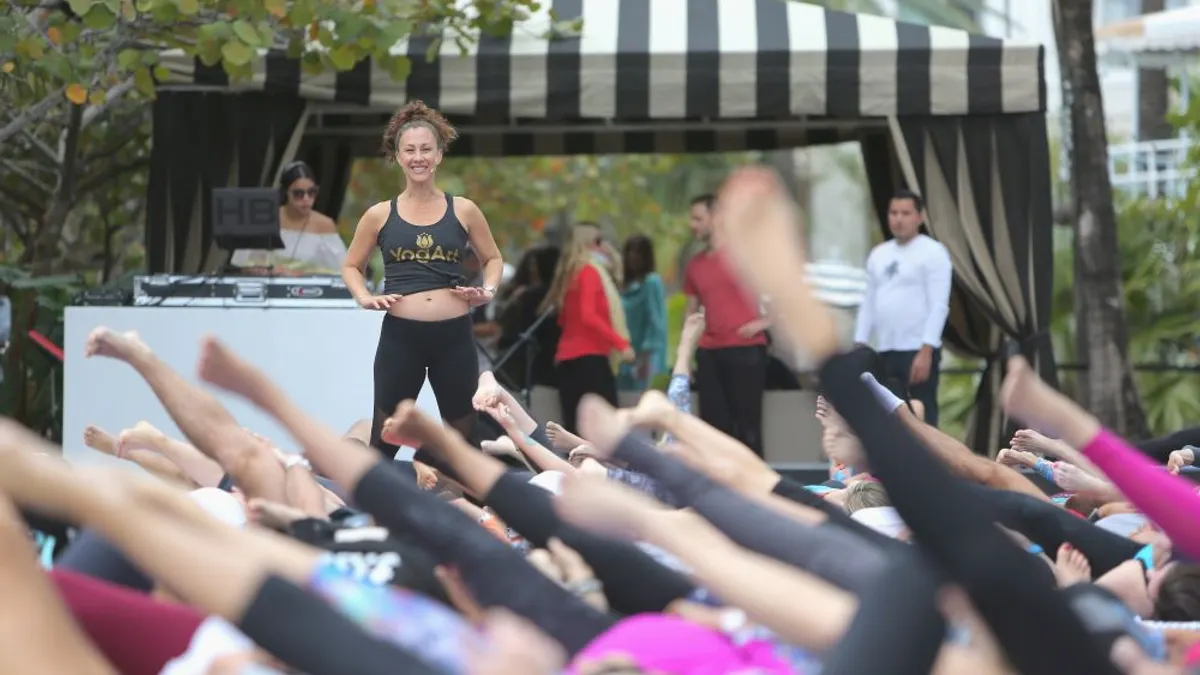The following is a guest post from Lara Shortz, Los Angeles Office Managing Partner at Michelman & Robinson, LLP. Opinions are the author’s own.
Los Angeles is preparing for its upcoming moments in the international spotlight. With the FIFA World Cup arriving in 2026, Super Bowl LXI in 2027 and the Olympic Games in 2028, Southern California’s hospitality industry will be called on to perform at an extraordinary level. The economic promise of these events is immense. Yet that promise comes with pressure — particularly for hotel operators navigating a host of regulatory, labor and operational challenges.
For an industry still recovering from pandemic-era losses and, more recently, the disruptions caused by devastating local wildfires and general economic pressures affecting the real estate industry, this is a time for strategic planning and thoughtful collaboration. What’s required now is alignment among employers, labor representatives, city officials and industry associations to ensure that Los Angeles delivers a world-class experience to visitors in a safe, compliant and economically viable way.
A complex operating environment
California’s labor and employment laws are widely recognized as among the most protective in the nation. From minimum wage standards to workplace safety protocols and a very active union presence, hotels in Los Angeles must adhere to a regulatory framework that is both extensive and quickly-evolving. As global events approach, the burden of compliance is increasing at the same time that guest demand — and guest expectations — are expected to soar.
Complicating matters further, the city’s hospitality workforce is already contending with high living costs and immigration-related fears, making labor recruitment and retention more challenging.
LA’s Hotel Worker Protection Ordinance
One of the most consequential pieces of local legislation is the Hotel Worker Protection Ordinance, which took effect in August 2022. Under this law, Los Angeles hotels with 45 or more guest rooms must provide employees such as housekeepers with personal security devices like panic buttons, adhere to strict workload limitations including square footage caps per shift and comply with enhanced compensation and record-keeping requirements.
The goals of the HWPO are important: to ensure employee safety and dignity, particularly in roles that are often physically demanding and performed in isolation. But during major global events — when hotels will be running at or near full capacity — the rigidity of some provisions may create operational challenges. For instance, the Hotel Association of Los Angeles has expressed concern that workload caps could unintentionally reduce hours or limit staffing flexibility during peak demand, hindering service delivery at a time when hospitality standards will be under global scrutiny.
Statewide statutes driving change
Beyond city ordinances, statewide regulations continue to shape how hotels manage their workforces.
California minimum wage increases have further elevated payroll obligations. The state minimum wage rose to $16.50 per hour on January 1, 2025, but in Los Angeles, the bar is significantly higher. As of July 1, 2025, hotel workers at properties with 60 or more rooms will earn at least $22.50 per hour, with that figure increasing to $30.00 by July 1, 2028 — just in time for the Olympics.
Meal and rest break rules, governed by the California Labor Code and enforced by the Division of Labor Standards Enforcement, require hotels to structure staffing in a way that guarantees compliance with intricate timing and recordkeeping standards — no small feat when occupancy surges and shift patterns become unpredictable.
Meanwhile, predictive scheduling pressures are emerging in California, even in the absence of a statewide mandate. While cities like San Francisco already impose strict scheduling requirements, other municipalities could follow suit. Hospitality employers must be ready to comply with rules mandating advance notice of shifts and penalties for last-minute changes.
Cal/OSHA’s Heat Illness Prevention Standards, which were extended in 2024 to cover indoor workplaces at or above 82 degrees, require additional safety protocols — particularly relevant during summer events like the Olympics. Hotels will need to implement measures including access to cool-down areas, water, rest breaks and training for staff working in hot environments.
Seeking balance, not exemption
As employers prepare for the surge in global tourism, industry associations are working at the policy level to foster conditions that support both compliance and operational feasibility. Both the Hotel Association of Los Angeles and the American Hotel & Lodging Association have emphasized that their advocacy is not about rolling back worker protections but about ensuring regulatory balance. The concern is that well-intentioned rules, when applied rigidly under extreme conditions, might inadvertently affect both staffing models and employee take-home pay.
These groups are encouraging the City of Los Angeles to engage with industry stakeholders to explore pragmatic adjustments, whether in the form of temporary flexibility during major events or clearer guidance on compliance expectations. Their goal is to empower employers to meet demand while continuing to protect the people who power the industry.
Union engagement and labor strategy
Labor relations will remain a central issue in the months and years ahead. As wages rise and event visibility grows, unions representing hospitality workers will continue to push for improved conditions. Several high-profile walkouts and contract disputes in recent years have demonstrated the power and resolve of the hospitality labor force.
Forward-thinking hotel operators are already engaging with union representatives in good faith, recognizing that a collaborative approach to collective bargaining and dispute resolution is the best way to prevent disruptions and ensure stability during peak periods.
Outsourced labor joint employment
As hotels prepare to scale staffing for the mega-events to come, many may look to staffing agencies and subcontracted labor to meet demand. However, under the National Labor Relations Board’s joint employer rule — finalized in late 2023 and currently under legal challenge — employers may be deemed joint employers of workers supplied by third-party firms if they share control over key employment terms, even indirectly.
This means that hotels utilizing temporary staffing providers could face liability for unfair labor practices or be drawn into collective bargaining obligations alongside the agency. Compounding the risk are contractual indemnity provisions that may not fully protect hotels from exposure, particularly where control over scheduling, discipline or supervision is shared in practice.
Now more than ever, hotels should carefully vet staffing partners and revisit indemnification clauses to ensure responsibilities and liabilities are clearly delineated. Joint employment exposure, if not properly managed, can complicate operations at precisely the moment when flexibility and scale are most needed.
Getting ahead of what’s ahead
In light of all this, hospitality employers should be preparing now. Recommended steps include conducting policy and compliance audits to address wage and hour, scheduling and classification issues; developing staffing contingency plans to address potential workforce shortages or labor disputes; reviewing agreements related to outsourced workers; training supervisors and staff on Cal/OSHA standards, scheduling obligations and employee rights; collaborating early with unions to align expectations and mitigate risk; and engaging legal counsel to ensure employment practices meet evolving local and state mandates.
The road ahead for the hospitality space in Los Angeles is challenging, but also full of potential. By working in tandem with policymakers, labor advocates and industry peers, hotel operators can ensure that the city not only meets the moment but sets a new global standard for guest experience, worker protection and operational excellence.






